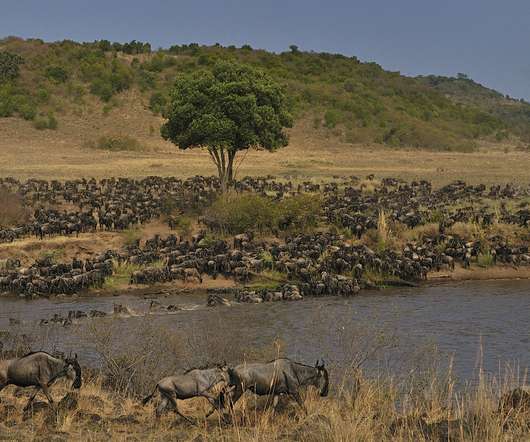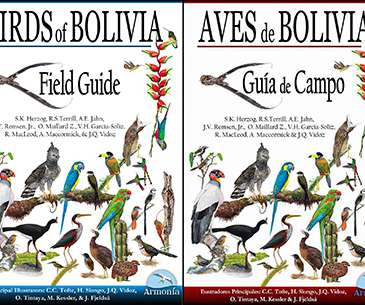Is The Hooded Grebe About To Go Extinct?
10,000 Birds
AUGUST 20, 2013
And, in South America, there is at least one species that is being heavily preyed on by North American Minks which are not supposed to be in South America. Their natural range is in a smallish region of southern South America. Some of the lakes they breed on have been stocked with salmon and trout.


























Let's personalize your content